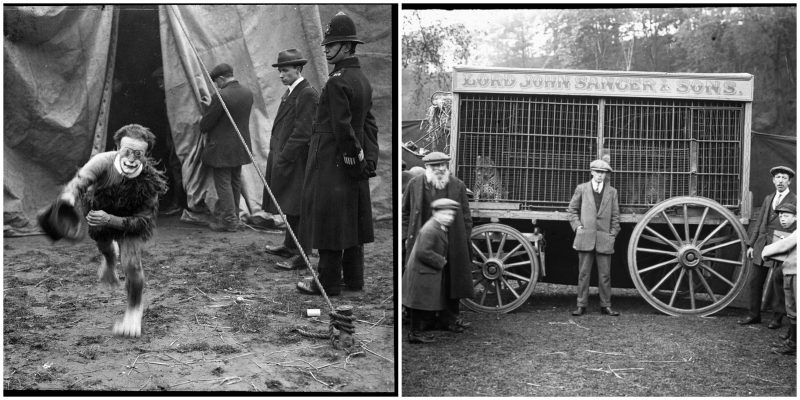Through most of the history of the 19th century, rural North America enjoyed the entertainment of traveling shows. These shows could include a circus, vaudeville show, burlesque show or a magic lantern show. It is believed that the 1893 Chicago World’s Fair was the catalyst that brought about the modern traveling carnival. At the Chicago World’s Fair, was an avenue at the edge of the grounds called the Midway Plaisance. This avenue of the fair had games of chance, freak shows, wild west shows (including Buffalo Bill whose show was set up near the fairground) and burlesque shows. It also featured, the first Ferris wheel constructed by George Washington Gale Ferris, Jr. Following the Chicago World’s Fair, the term “midway” was adopted from the Midway Plaisance to denote the area at county and state fairs where sideshow entertainment was located.
These interesing and rare photographs come from a collection of glass slides of fairground scenes found in the stores of the Discovery Museum, Newcastle upon Tyne. We have no information about the photographer or where and when the photographs were taken. Please, take a look:
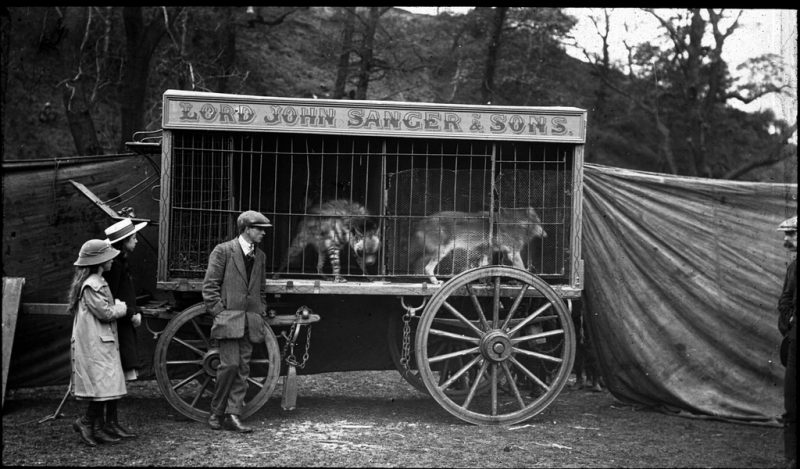
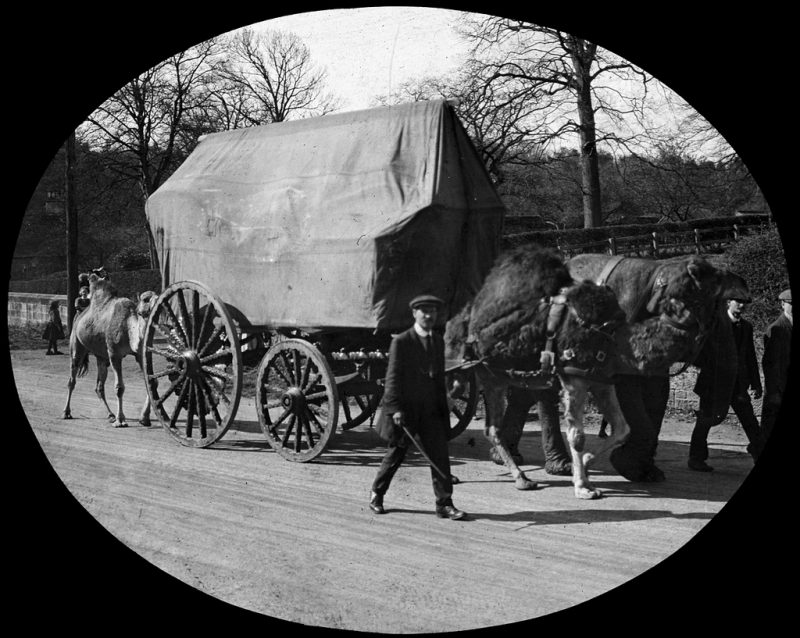
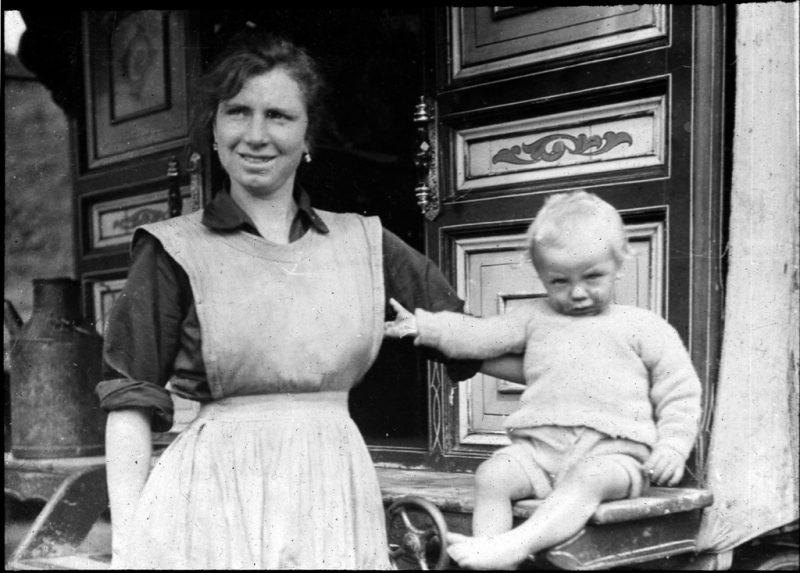
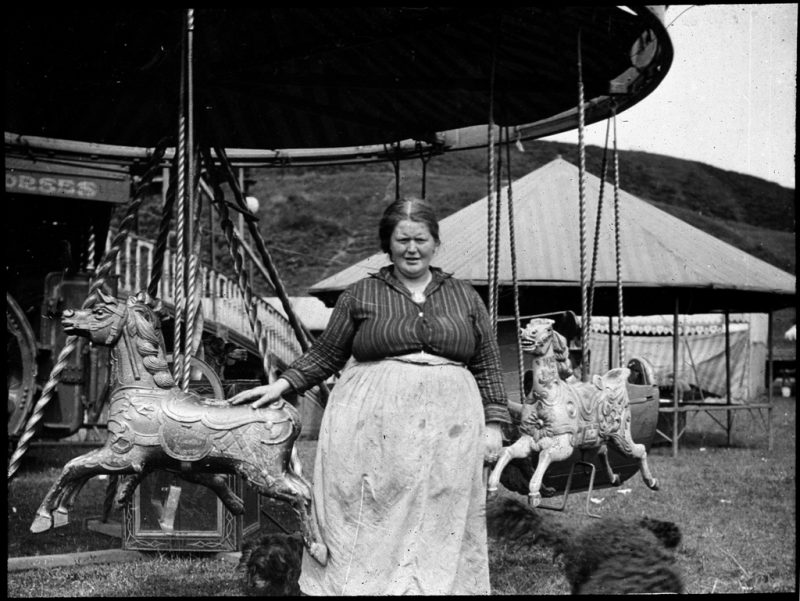
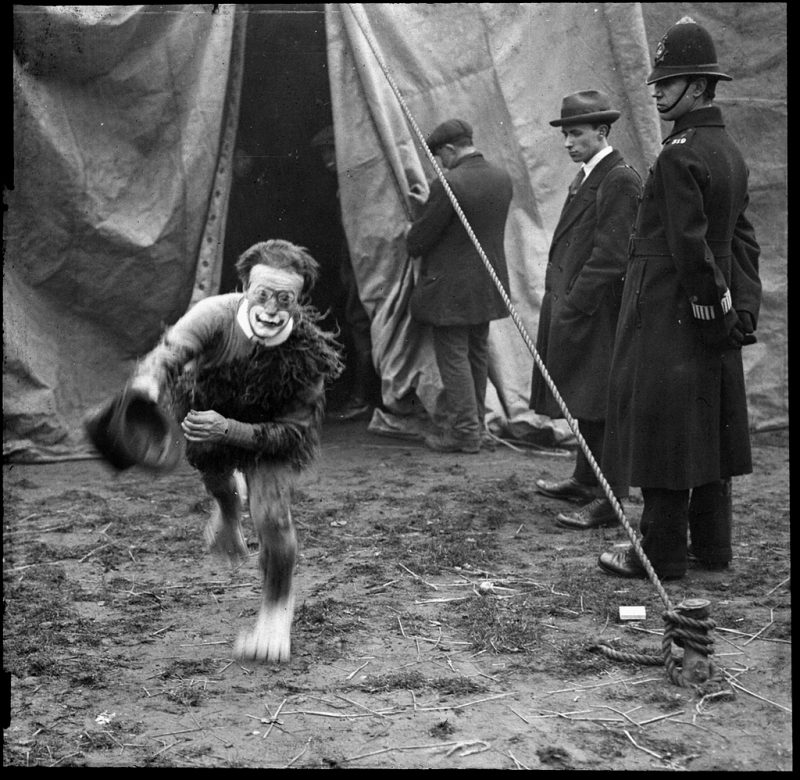
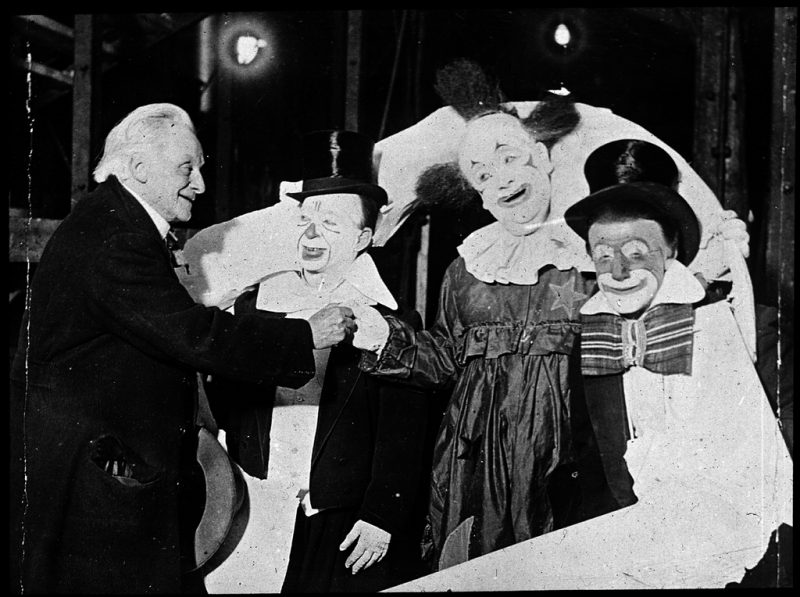
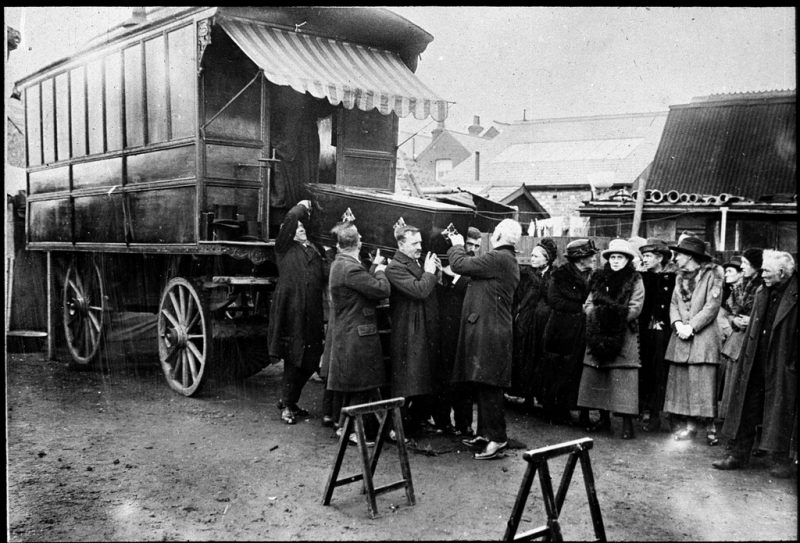
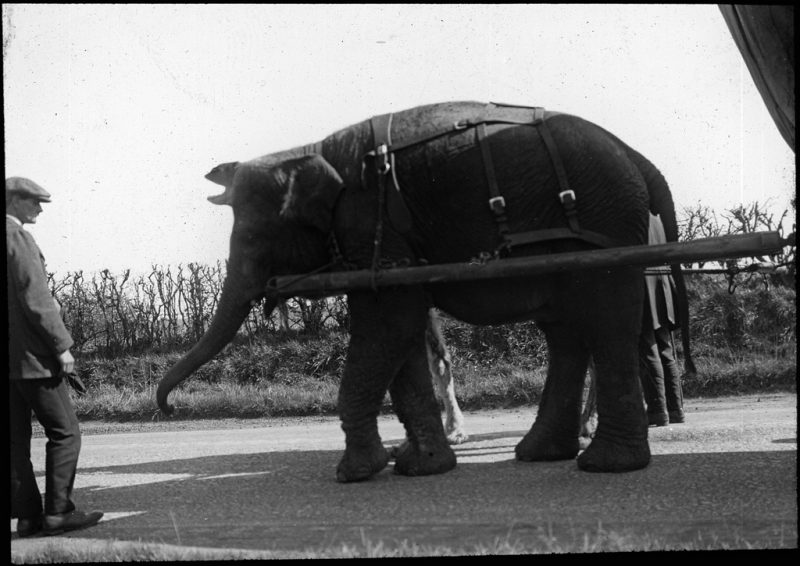
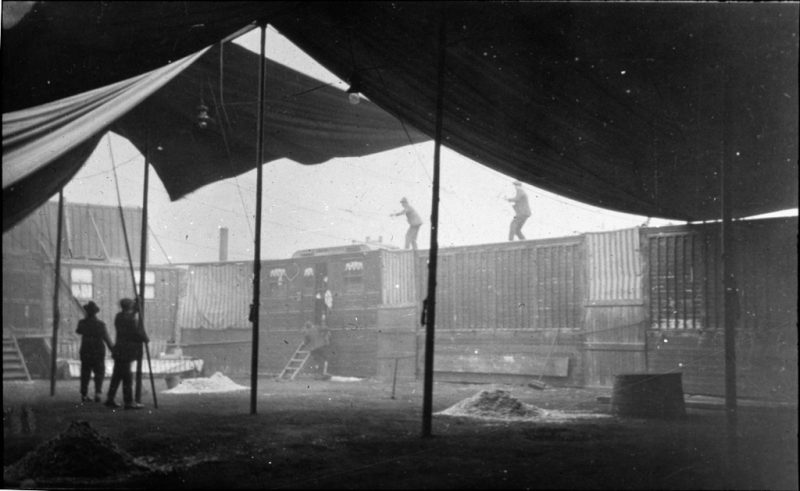
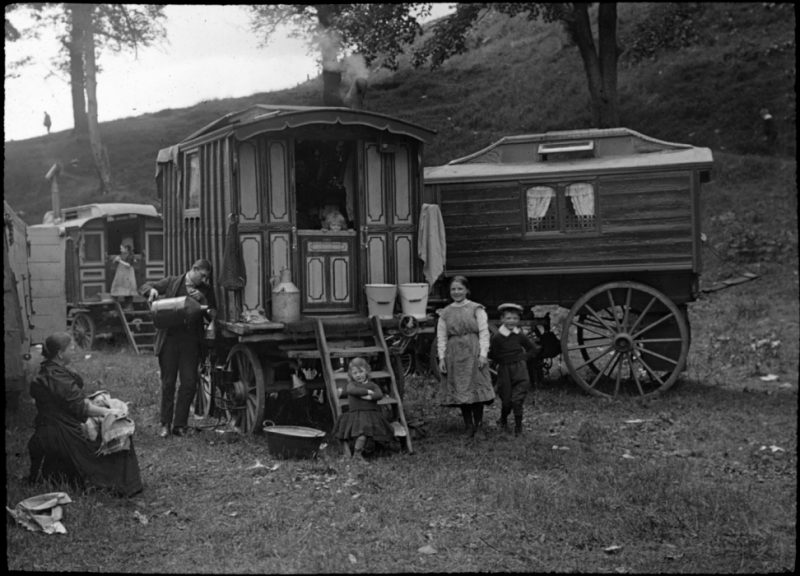
Otto Schmitt, who was a showman at the world’s fair, formed Chicago Midway Plaisance Amusement Company. The company featured thirteen acts, including some from the World’s Fair, and began a tour of the northeast United States. His company closed due to poor management practices, before completing its first tour. Some members of his company formed their own successful traveling carnivals after Otto Schmitt’s company closed. The appeal of this new type of entertainment was widespread. In 1902, there were seventeen travelling carnivals in the United States. The number grew to forty-six in 1905 and by 1937 there was an estimated 300 carnivals touring the country. One such show, The “IT Shows”, set up yearly, on probably every empty sandlot in NY’s Brooklyn, Queens, and surrounding areas.
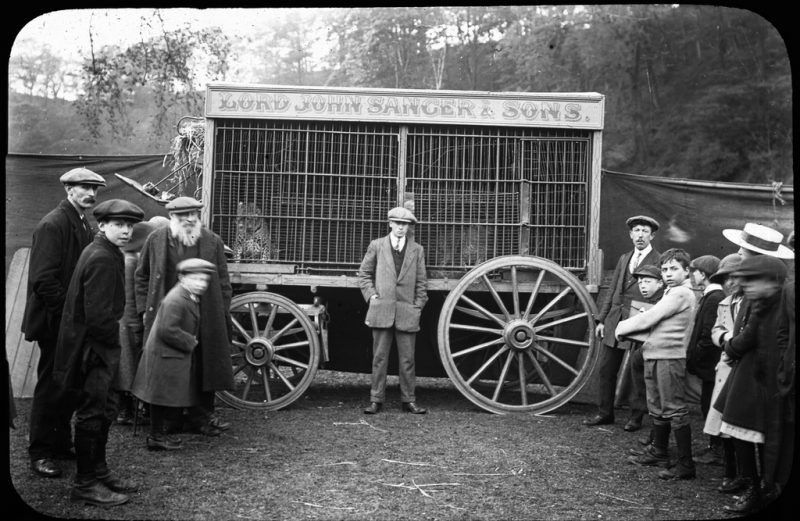
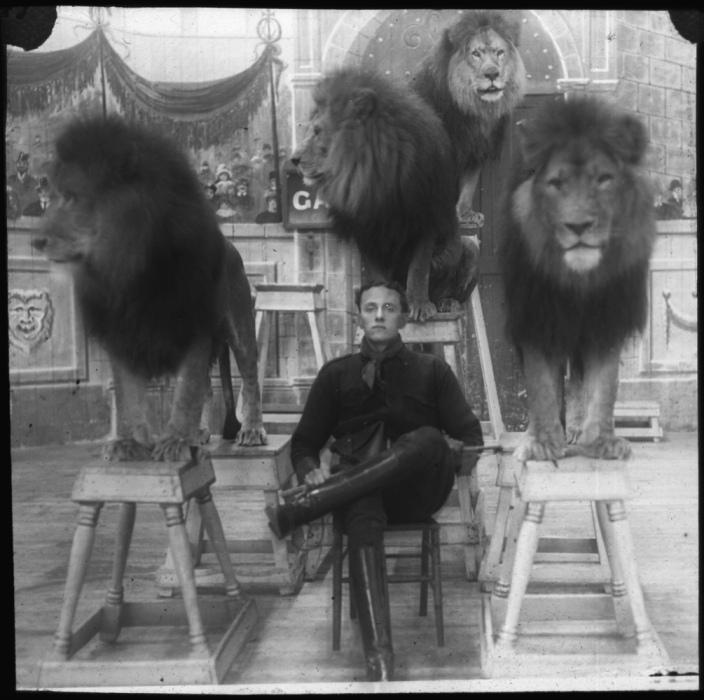
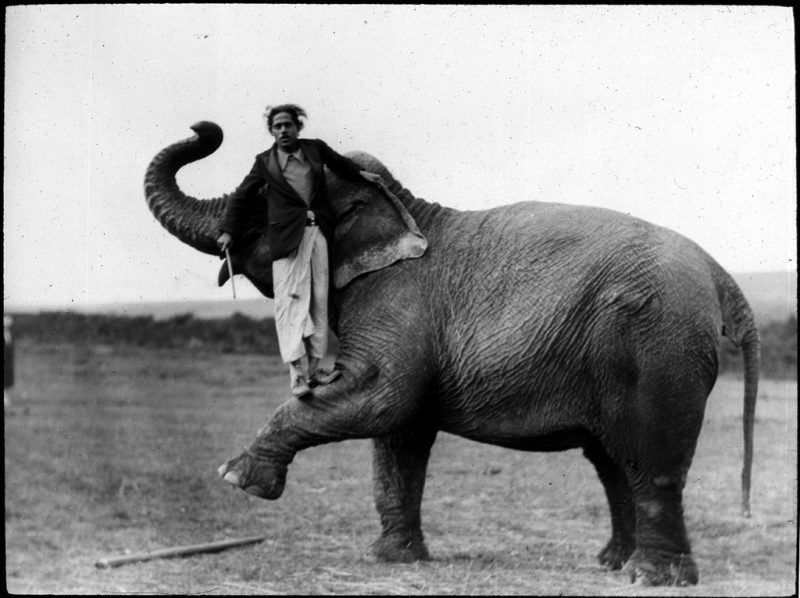
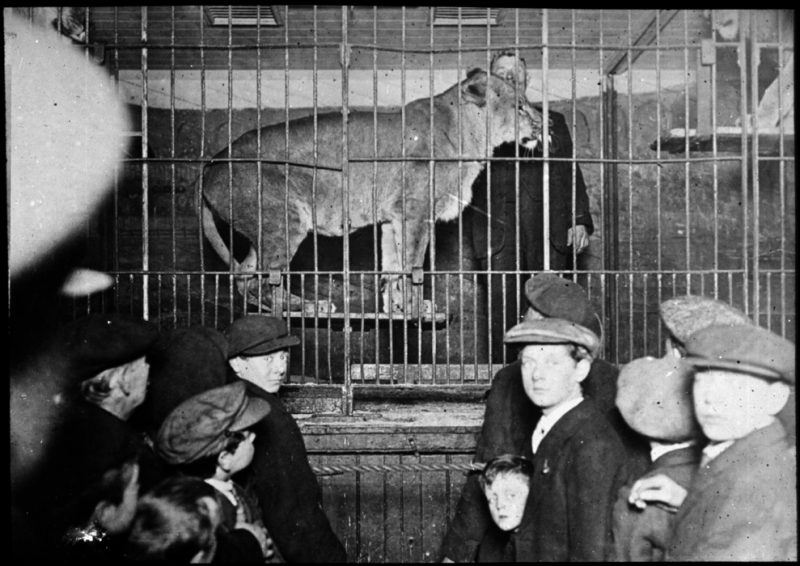
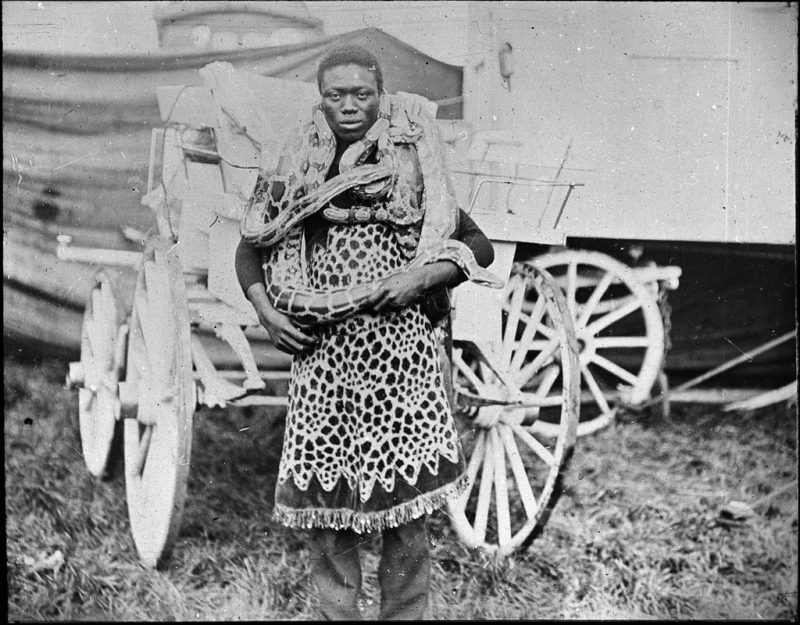
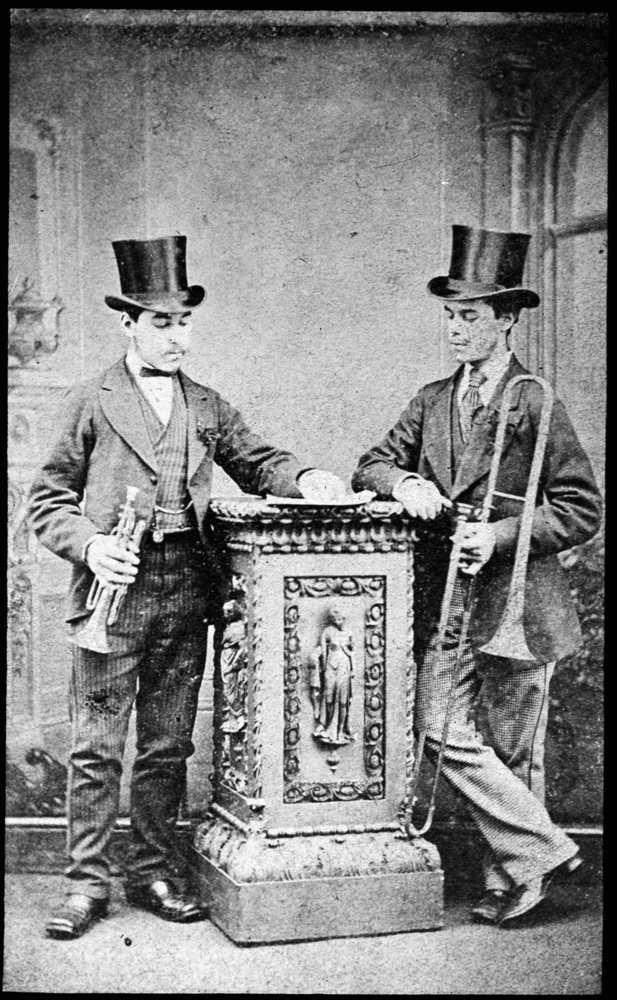
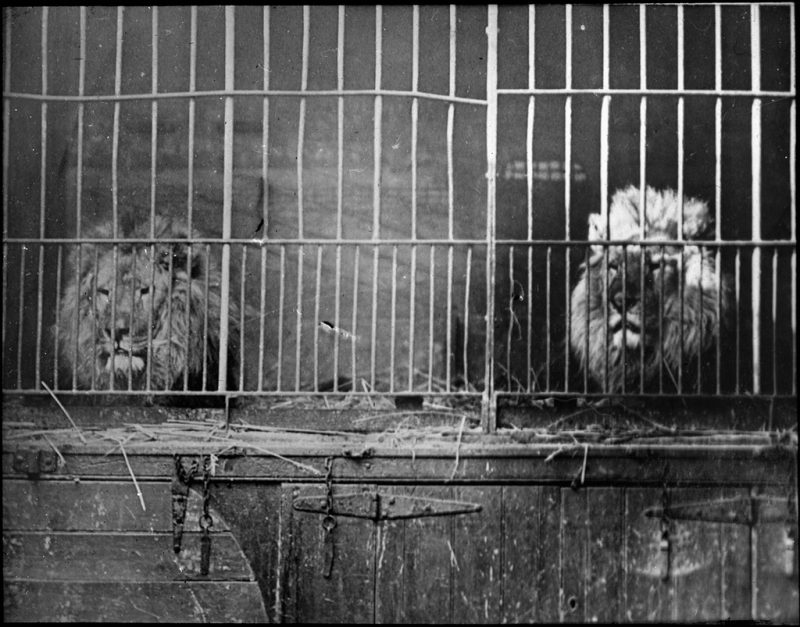
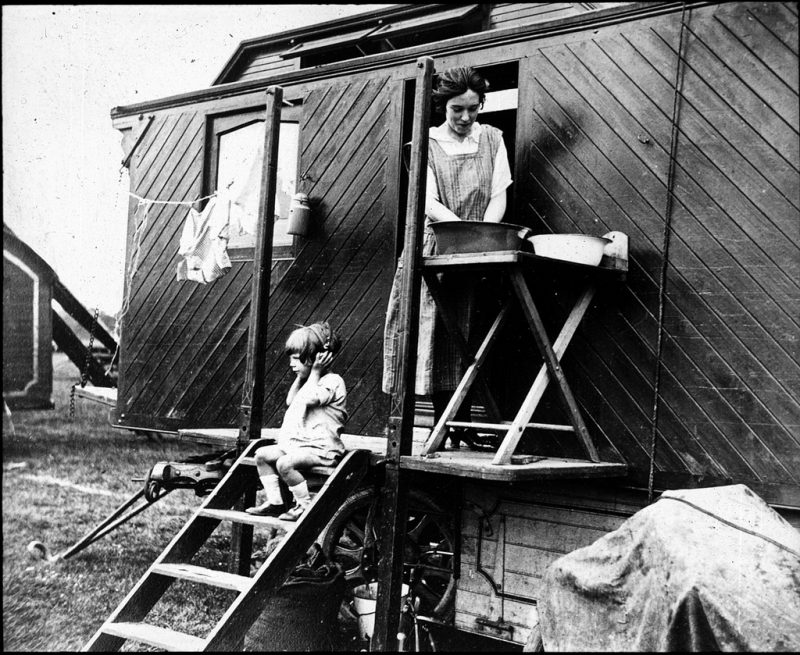
In the past, many travelling carnivals also had a sideshow that accompanied them. Admission to see these curiosities or exhibits required an extra fee. Some sideshows featured a single exhibit, but some had multiple acts or exhibits under one tent (slang term: Ten-in-One).
Human acts may have included people with multiple arms or legs, midgets, extremely tall people, obese people, people born with facial or other deformities, and heavily tattooed individuals.The term used for this type of show was the freak show. Animal oddities such as the two-headed calf, the miniature horse, etc., were featured in the freak show as well. Changing public opinion and increased medical knowledge have led to a decline of these type of shows. Another type of act at the sideshow was the thrill act. Examples of these acts included fire eaters, sword swallowers, the human blockhead, the human pin cushion and knife throwers. Some of these types of acts, such as the human fountain, were later found to be fakes.
All Photographs found at : Tyne & Wear Archives & Museums
